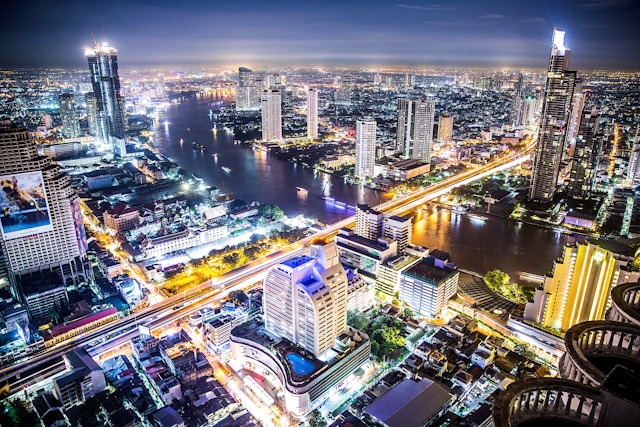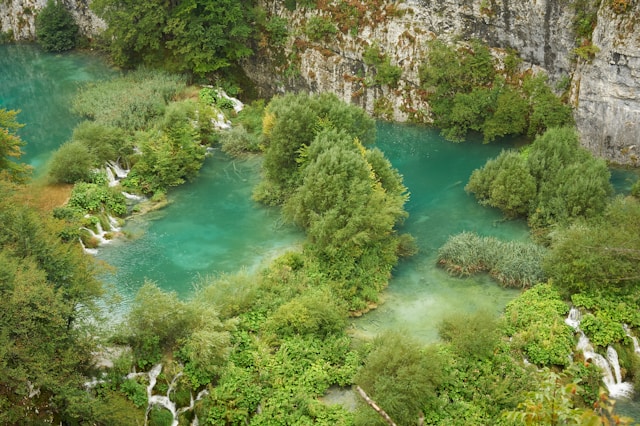1. Geographical Location and Accessibility
Cabo San Lucas is situated on the Baja California Peninsula, bordered by the Pacific Ocean and the Sea of Cortez, offering a more remote and desert-like environment. Cancun, on the other hand, lies on the Caribbean coast in the Yucatán Peninsula, surrounded by tropical jungle and located within the bustling Riviera Maya region. Cabo’s geographic isolation tends to result in fewer crowds and less outside interference, which many travelers equate with a calmer, more secure atmosphere, whereas Cancun’s ease of access attracts more international tourists and also, at times, more opportunistic petty crime.
2. Crime Statistics and Public Safety
Statistically, both destinations are relatively safe for tourists, but Cabo often has fewer incidents of violent crime compared to Cancun. While Cancun occasionally makes headlines for gang-related violence, most of these incidents occur far from the tourist zones. Cabo tends to experience lower-level crimes such as petty theft or overcharging. In both places, tourist zones are well-patrolled, but Cabo’s smaller population and slower pace generally contribute to a perception of enhanced safety.
3. Police Presence and Tourist Zones
Both Cabo and Cancun have a strong police and military presence in tourist-heavy areas, but the dynamics differ. Cancun, especially in the Hotel Zone, frequently sees uniformed officers and even members of the National Guard patrolling the beaches and streets to deter crime. Cabo’s police presence is less visible but often more integrated into the community, offering a relaxed yet watchful environment. Travelers often feel more at ease in Cabo, where enforcement feels less militarized and more community-based.
4. Crowd Levels and Tourist Behavior
Cancun attracts a higher volume of tourists, especially during spring break and major holidays, leading to crowded beaches, clubs, and airports. The increased crowd levels can sometimes lead to rowdy behavior, especially among young travelers, and heighten risks such as pickpocketing or overindulgence. Cabo tends to attract a slightly older, more laid-back demographic, often couples and families, resulting in quieter evenings and fewer issues related to party tourism.
5. Resort Security and Infrastructure
Both destinations offer top-tier resorts with strong security protocols, but Cabo resorts often include gated entrances, security guards, and private beaches, enhancing a sense of exclusivity and safety. In Cancun, while most resorts in the Hotel Zone are very secure, the higher concentration of all-inclusives and accessibility to the public can sometimes lead to less controlled environments. Cabo’s lower density and higher-end tourism model tend to provide a more secure atmosphere for cautious travelers.
6. Transportation and Road Safety
Transportation in Cabo is generally regarded as safer due to fewer vehicles on the road, better traffic management, and more predictable driving behavior. In contrast, Cancun’s urban sprawl and higher traffic volume can lead to more road-related incidents, especially in downtown areas. Public transportation in Cancun, such as local buses, is cheap but can be confusing for tourists, while Cabo relies more on taxis and private shuttles, which, though pricier, tend to be more reliable and tourist-focused.
7. Nightlife Safety and Party Culture
Cancun is famous for its vibrant nightlife, with packed nightclubs, beach parties, and entertainment that continues into the early morning hours. While fun, this scene can attract opportunistic crime and occasionally puts travelers in risky situations, especially if alcohol is involved. Cabo also offers a nightlife scene but is more subdued, centered around waterfront bars and live music venues. The more controlled pace in Cabo contributes to fewer alcohol-related incidents and a more relaxed atmosphere after dark.
8. Natural Hazards and Climate Concerns
Cabo’s desert climate results in dry, sunny weather most of the year, reducing risks related to tropical storms. Cancun, by contrast, lies within the Atlantic hurricane belt and experiences a humid, tropical climate with a higher chance of rain and storm activity during hurricane season (June to November). While both destinations have contingency plans and modern infrastructure, Cabo’s natural environment poses fewer weather-related risks, giving cautious travelers peace of mind.
9. Local Scams and Tourist Traps
In both cities, tourists may encounter scams like inflated taxi fares, time-share pitches, or overly persistent vendors. However, reports of such incidents are more frequent in Cancun due to its larger tourist population and busier environment. Cabo, being less congested and slightly more upscale, tends to have fewer aggressive sales tactics. Practicing basic precautions—like agreeing on taxi prices upfront and avoiding unregistered tour operators—can help mitigate risks in both locations.
10. Health and Emergency Services
Both Cancun and Cabo have access to quality medical care, with international hospitals and clinics equipped for emergencies. Cancun, due to its size, has more extensive health infrastructure, but wait times and patient loads can be higher. Cabo offers a more personal touch, with fast service and fewer crowds at clinics. Pharmacies in both cities are well-stocked, and English-speaking doctors are available. For travelers, Cabo’s quieter and less populated setup often translates into quicker assistance and lower stress during emergencies.
FAQs
1. Is Cabo generally safer than Cancun for tourists?
Yes, many travelers consider Cabo to be slightly safer than Cancun due to its lower crime rates, smaller population, and quieter atmosphere. While both cities have secure tourist zones, Cabo sees fewer reports of gang-related incidents and is known for a more relaxed vibe.
2. Are there areas to avoid in either Cabo or Cancun?
In Cancun, it’s best to avoid the downtown (El Centro) areas late at night, especially if you’re alone. In Cabo, non-touristy outskirts may lack infrastructure and lighting, so it’s safest to stick to known tourist zones in both cities. Always ask your hotel for local advice.
3. Can you safely walk around at night in Cabo or Cancun?
Yes, you can safely walk around in popular areas like the Hotel Zone in Cancun and the marina district in Cabo—especially in well-lit, populated spaces. However, it’s still smart to travel in groups, avoid excessive alcohol, and take licensed taxis late at night.
4. Which destination is better for families?
Cabo tends to attract more families due to its calm beaches, quieter evenings, and upscale resort communities. Cancun can also be family-friendly, especially in all-inclusive resorts, but its party-heavy image may be less appealing for those traveling with children.
5. Do U.S. travel advisories consider Cabo or Cancun unsafe?
As of recent updates, both destinations are listed under general advisories for increased caution—not “do not travel” warnings. The U.S. government notes that major tourist zones in both Cabo and Cancun are heavily monitored and remain safe for travelers who follow common-sense safety practices.











